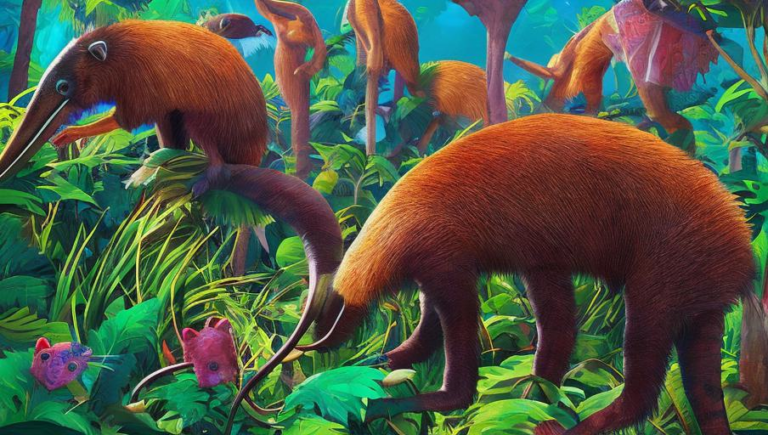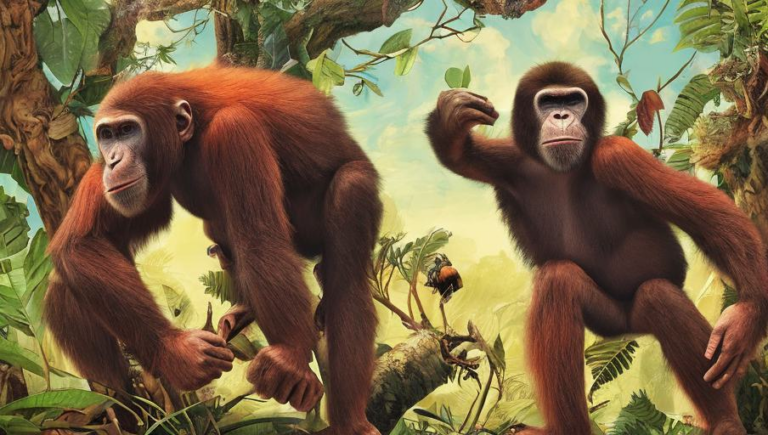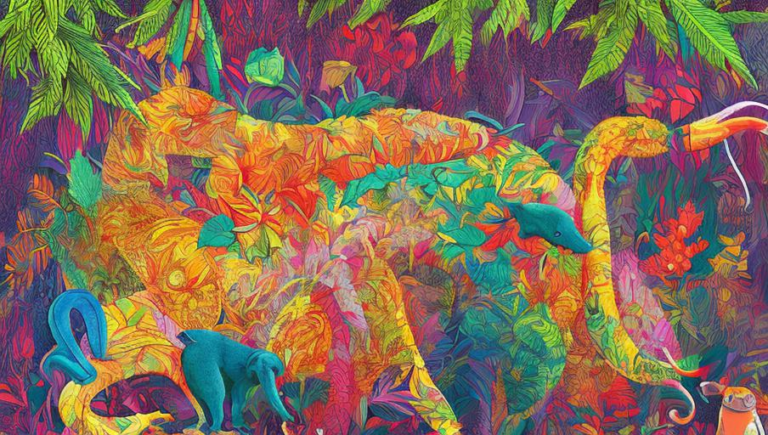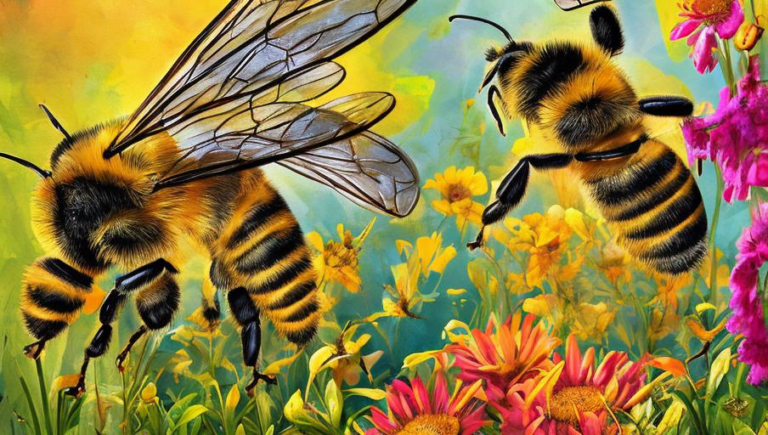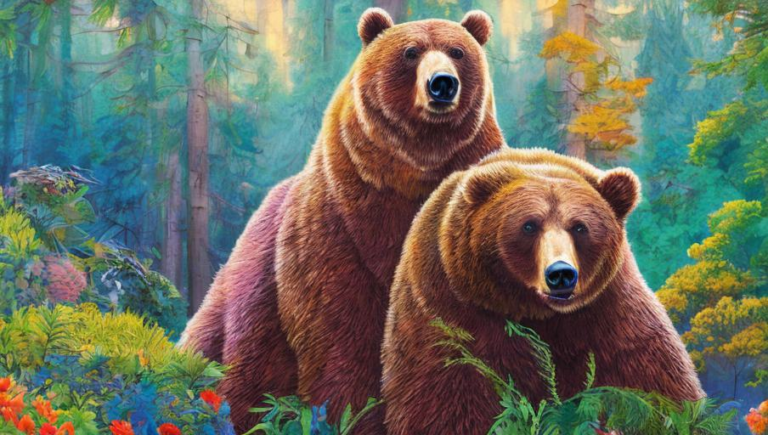Risky Business: Coyotes and Livestock Interactions
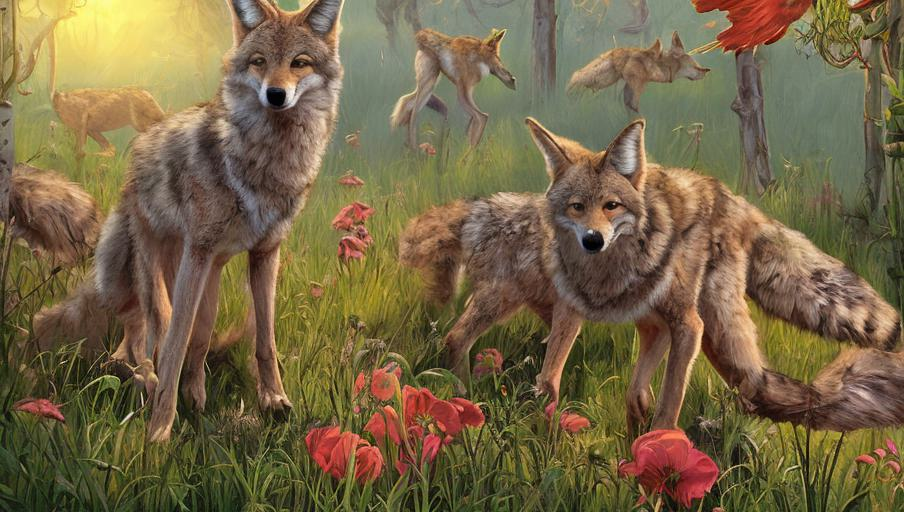
Risky Business: Coyotes and Livestock Interactions
Coyotes, also known as “brush wolves”, are a species of wild canid found throughout North and Central America. These animals are adaptable and resourceful, and their populations have been increasing over the past few decades. With increasing numbers, however, the risk of conflicts between coyotes and livestock have increased as well.
Coyote Behavior and Diet
Coyotes feed on a variety of small animals, such as rodents and rabbits, as well as carrion, fruits, and nuts. They will also occasionally feed on livestock, such as sheep and goats, if the opportunity arises. This behavior is more common in times of scarce resources, such as drought or extreme cold, and when coyotes have been habituated to human presence.
The Effects of Livestock Predation
Livestock predation can be a significant issue for farmers, as it can lead to substantial financial losses. Additionally, coyote predation can have a negative effect on the health and wellbeing of the livestock, as the animals may become stressed or injured in the encounter.
Preventative Measures
There are a variety of methods that farmers can use to protect their livestock from coyote predation. These include the use of guard animals, such as guard dogs or llamas, installing fences to keep coyotes out, and using sound and light deterrents. Additionally, farmers should keep their animals in secure enclosures at night, and remove any food sources that could attract coyotes.
Conclusion
Coyote predation of livestock can be a serious issue for farmers, and can cause substantial financial losses. However, by taking preventative measures, such as using guard animals, installing fences, and removing food sources, farmers can help to reduce the risk of predation. Additionally, reducing human-coyote interactions, such as feeding or habituating them, can help to reduce the risk of predation as well.
